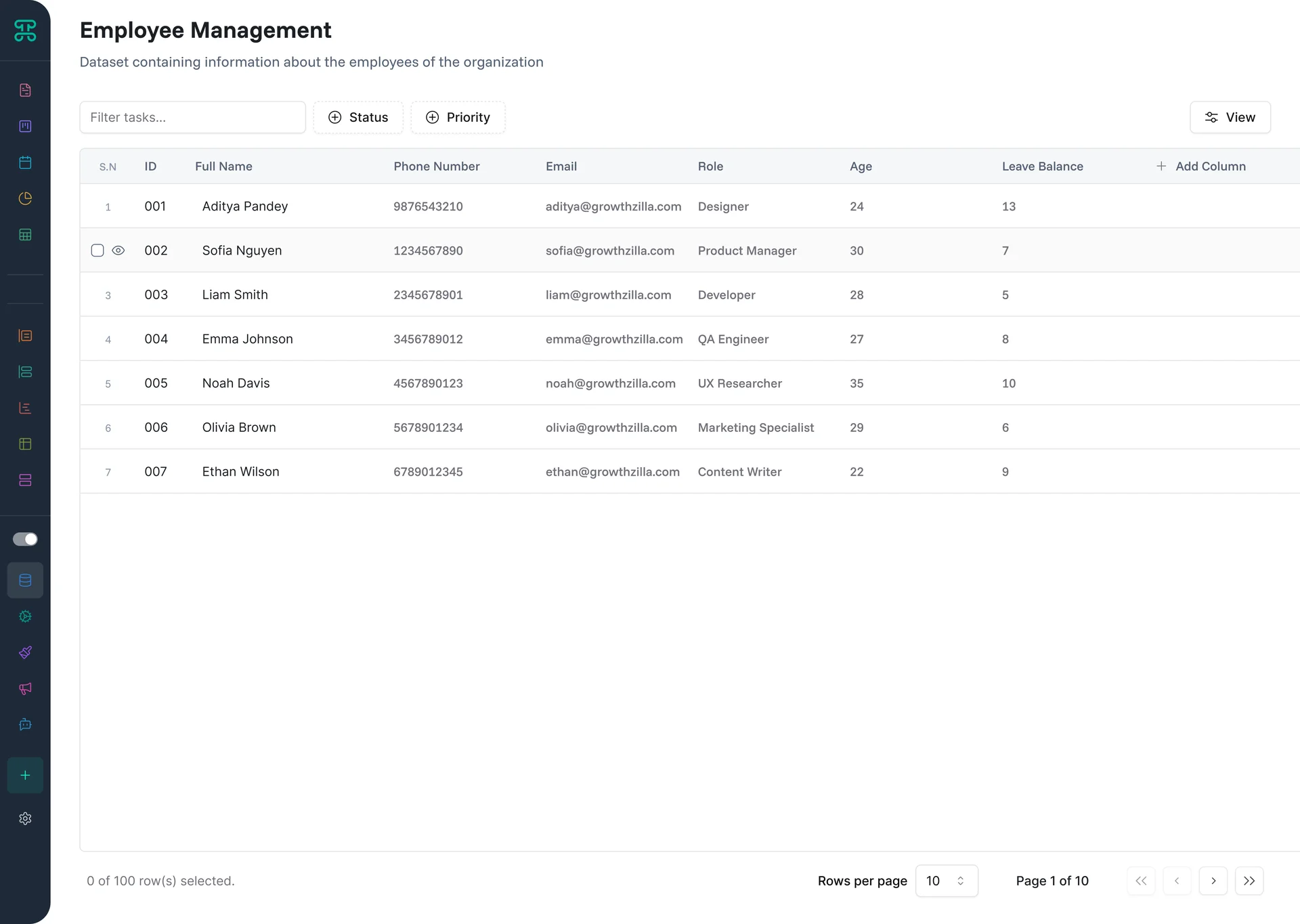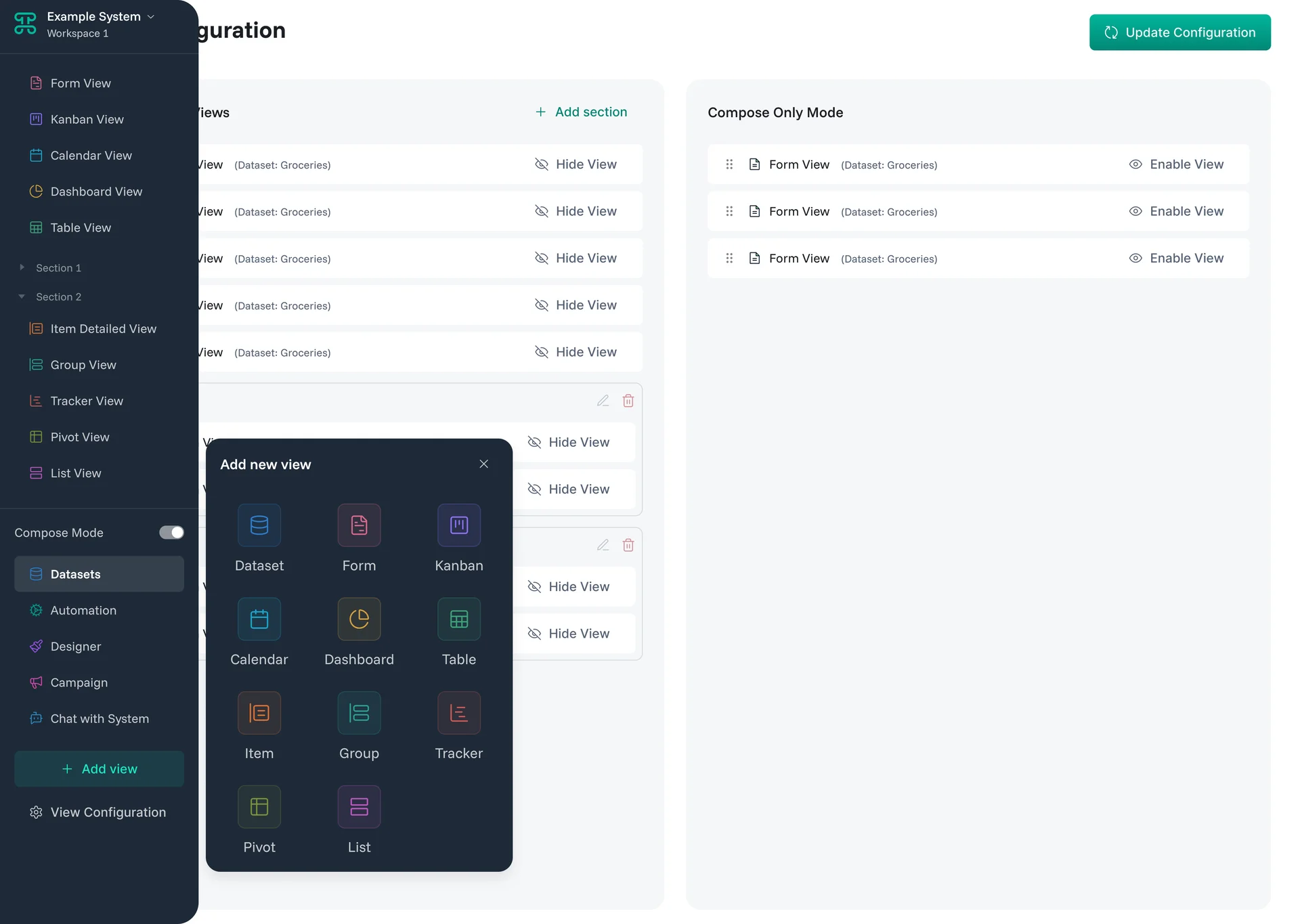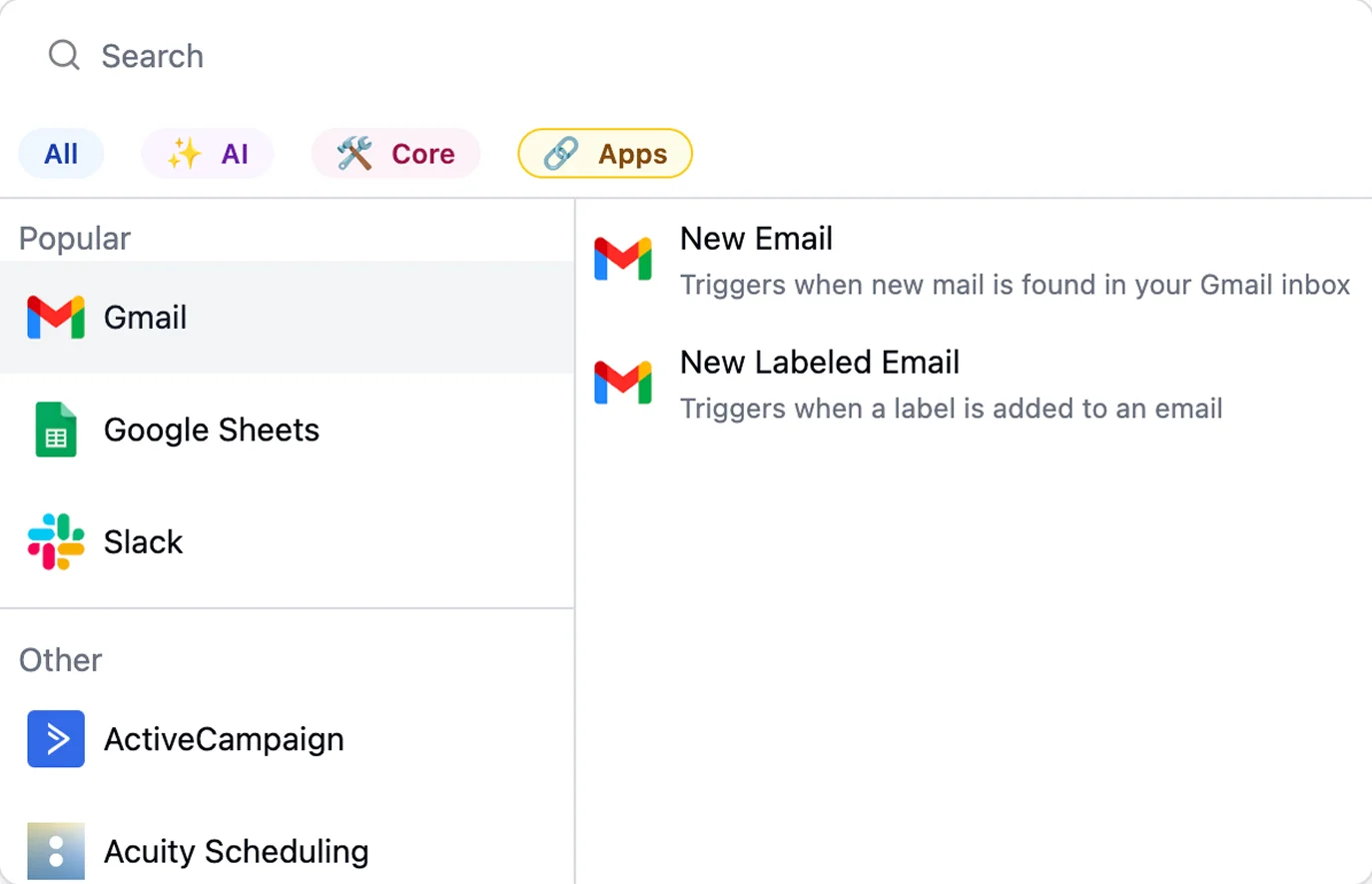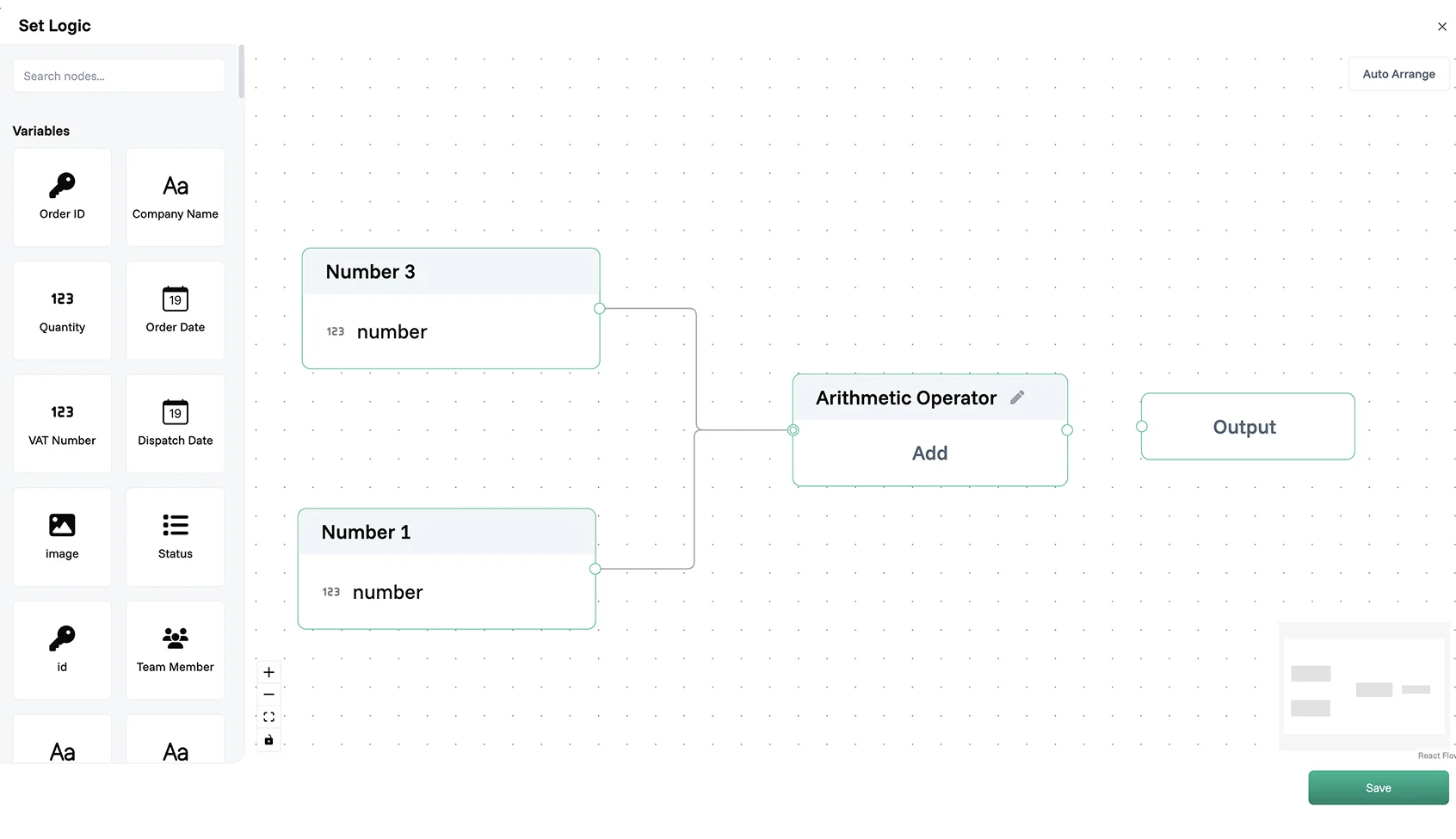Introduction
Your business runs on processes, but your software runs on chaos. A customer places an order, and suddenly you're playing telephone across five different systems. Order entry happens in your CRM, inventory gets checked in your ERP, fulfillment tracks in your warehouse system, billing processes in accounting software, and customer service lives in yet another platform. Your team becomes human middleware, manually moving information where it needs to go and praying nothing gets lost in translation.
Proma eliminates the friction—connecting your processes end-to-end so information flows as seamlessly as your business logic demands. Instead of forcing your processes into rigid software boxes, Proma adapts to exactly how your business works. Orders trigger inventory checks automatically. Shipping updates reach customers without manual intervention. Budget approvals flow to the right people at the right time. It's about building systems that grow with you, automate the mundane, and free your team to focus on what truly matters—creating value for your customers and growing your business.
What is Proma?
Proma is your business's digital nervous system—a platform that connects, coordinates, and intelligently manages all parts of your organization. Think of it as a digital Swiss Army knife that transforms into exactly the business tool you need, whether that's a CRM, project management system, inventory tracker, or something entirely unique to your industry.
Unlike traditional software that forces you to adapt your processes to their limitations, Proma provides intelligent building blocks that you assemble into systems perfectly tailored to your business needs. The platform combines the flexibility of custom development with the simplicity of no-code tools, powered by AI that understands your requirements and helps build solutions faster than ever before.
Understanding the Proma Architecture
Proma follows a logical hierarchy designed to mirror how businesses actually organize themselves:
Organization Level - Your digital headquarters containing all users, teams, global settings, and business areas
Spaces - Logical groupings that organize related systems by department, projects, or major initiative
Systems - Custom business applications built for specific purposes like customer management or project tracking tool
Core Components - The intelligent building blocks (datasets, automations, views) that power each system
Building Your First System
System creation begins with Proma's AI-powered assistance that understands business requirements in plain language:
Describe Your Need - Simply tell Proma what you want to build: "I need a customer support ticketing system" or "Create a project management system for our design team"
AI Generation - Proma's intelligence analyzes your description and generates a complete starting system with appropriate datasets, columns, views, and basic automations
Customize and Refine - Review the AI suggestions, modify structures to match your specific needs, and add specialized functionality as required
This approach gets you from idea to working system in minutes rather than weeks, with the flexibility to evolve as your requirements become clearer.

Core Components
Proma's power comes from intelligent building blocks that work together seamlessly:
@Dataset - Intelligent tables that store your business information with embedded validation, calculations, and relationships. Unlike simple spreadsheets, datasets understand your data and enforce business rules automatically.

@Interfaces - Multiple ways to visualize and interact with your information, from traditional tables to kanban boards, calendars, forms, AI-generated dashboards and more. Each view optimizes for specific tasks while working with the same underlying data.

@Automation Engine - Workflows that execute automatically based on triggers and conditions, eliminating manual tasks and ensuring consistent processes. Connect data changes to actions across your entire business ecosystem.

@Logic Builder - Visual programming that embeds business rules directly into your systems. Create conditional logic, calculations, and validations without writing code.

AI Intelligence - Artificial intelligence woven throughout the platform to generate systems, create insights, automate decisions, and continuously improve your business processes.
Key Features Overview
1. Smart Data Management
Transform scattered information into intelligent, interconnected datasets that understand your business context.
Intelligent Column Types go far beyond basic text and numbers. Payment columns process transactions directly. Approval columns manage entire approval workflows. Document generators create formatted PDFs on demand. Team member columns connect data to people in your organization.
Automatic Validation prevents bad data before it becomes a problem. Configure business rules that ensure data quality—end dates after start dates, email format validation, required field enforcement—all handled automatically.
Relationship Intelligence connects related information across your organization. Link customers to orders, projects to tasks, employees to departments. Changes in one area automatically reflect across all connected data.
2. Interface
See your information exactly how you need it, when you need it, through purpose-built views that optimize for specific tasks.
Table Interfaces provide detailed data management with filtering, sorting, and bulk operations. Perfect for data entry, analysis, and administrative tasks.
Kanban Boards visualize workflows and processes through drag-and-drop interfaces. Track projects through stages, manage support tickets, or organize any process with clear visual flow.
Calendar display time-based information on actual calendars. See project deadlines, event schedules, and time-sensitive data in familiar calendar format.
Form Interfaces create beautiful data entry interfaces that can be shared publicly or used internally. Collect information from customers, employees, or partners through professional, branded forms.
Dashboard provide executive-level insights through AI-generated charts and metrics. Create compelling visualizations by simply describing what you want to see.
Item Interfaces present master lists with detailed tabs for comprehensive record management. Perfect for CRM-style interactions where you need both overview and deep-dive capabilities.
Group Interfaces organize and analyze data by segments or categories. Understand performance across different dimensions of your business.
Pivot Interfaces enable multi-dimensional data analysis with drag-and-drop field arrangement. Analyze data from multiple angles to uncover insights and trends.
Tracker Interfaces monitor progress and performance with specialized tracking displays. Keep teams aligned on goals and deadlines through focused progress visualization.
3. Intelligent Automation
Eliminate repetitive tasks through sophisticated workflows that respond to business events and execute complex processes automatically.
Trigger-Based Workflows start automatically when specific conditions are met—new records created, data updated, forms submitted, or scheduled times reached.
Action Libraries provide pre-built operations for common business tasks—sending emails, updating records, calling external APIs, generating documents, and processing payments.
Logic Controls add intelligence to automations through conditional branching, loops, and error handling. Build sophisticated workflows that handle complex business scenarios.
External Integrations connect with hundreds of business tools and services. Synchronize data, trigger actions, and maintain consistency across your entire technology stack.
4. AI-Powered Intelligence
Artificial intelligence accelerates every aspect of system building and business process management.
System Generation creates complete business applications from simple descriptions. Describe your needs in plain English and receive fully functional systems with datasets, views, and automations configured appropriately.
Smart Dashboards generate compelling visualizations through natural language requests. Ask for "monthly sales by region" and receive professional charts with relevant insights highlighted.
Intelligent Processing adds AI capabilities to automations—analyze sentiment, classify content, extract information, and make decisions based on natural language understanding.
5. Advanced App Columns
Specialized column types embed entire workflows and applications directly into your datasets.
Approval Columns manage complete approval processes with routing, notifications, and status tracking. Configure approval hierarchies and business rules without separate workflow systems.
Payment Columns process financial transactions through integrated payment processors. Accept payments directly from records while maintaining complete transaction history.
Document Generators create formatted documents using data from across your organization. Professional proposals, contracts, and reports generate automatically with current information.
Cart Columns provide shopping cart interfaces for selecting items and quantities. Perfect for order management, resource allocation, or any scenario requiring item selection.
Address Columns validate and auto-complete addresses using integrated mapping services. Ensure accurate location data while streamlining data entry.
6. Collaboration and Security
Built-in features ensure teams work together effectively while maintaining appropriate security and privacy controls.
Team Assignment connects data directly to people in your organization. Assign ownership, track responsibility, and route notifications to the right individuals automatically.
Permission Controls provide granular access management from organizational level down to individual fields. Ensure people see exactly the information they need while protecting sensitive data.
Real-Time Collaboration shows changes as they happen across all views and systems. Multiple team members can work simultaneously while maintaining data integrity and coordination.
Getting Started: Your Journey to Success
1. Think Process, Not Tools
Before diving into system building, map out specific workflows you want to improve. Identify the steps, people involved, information required, and desired outcomes. This process-first approach ensures your Proma systems solve real business problems rather than creating digital complexity.
2. Start with One System
Begin with a single, well-defined process rather than attempting to rebuild your entire business infrastructure immediately. Choose something important but contained—customer onboarding, project tracking, or expense management. Master one area before expanding.
3. Leverage AI Assistance
Use Proma's AI to bootstrap your first systems. Describe your requirements in plain language and let the intelligence create starting structures. You can always customize and refine, but AI acceleration gets you from idea to working system in minutes.
4. Iterate Based on Real Use
Your first version won't be perfect, and that's expected. Build quickly, deploy to real users, gather feedback, and improve iteratively. Proma's flexibility means evolution is simple and non-disruptive.
Common Use Cases
Customer Relationship Management
Build CRM systems perfectly tailored to your sales process, industry requirements, and team preferences. Track leads through your specific sales stages, automate follow-up communications, and generate proposals using current customer data.
Project Management
Create project tracking systems that match how your teams actually work. Whether following agile methodologies, traditional project management, or hybrid approaches, Proma adapts to your process rather than forcing you into rigid frameworks.
Human Resources
Manage employee information, track performance, handle onboarding processes, and maintain compliance records. Automate routine HR tasks while providing managers with tools for effective team leadership.
Operations Management
Coordinate complex operational processes across departments and systems. Track inventory, manage supply chains, coordinate scheduling, and maintain operational visibility across your entire organization.
Financial Management
Handle invoicing, expense tracking, budget management, and financial reporting. Integrate with accounting systems while providing operational teams with financial tools appropriate to their roles.
Next Steps
Explore related Proma features that enhance automation capabilities:
@Logic Builder - Create complex conditional workflows with visual programming
@Smart Columns - Add intelligent, automated fields to your datasets
@Interfaces - Build custom user interfaces that trigger and display automations
Have questions? Our team is ready to help at [email protected]